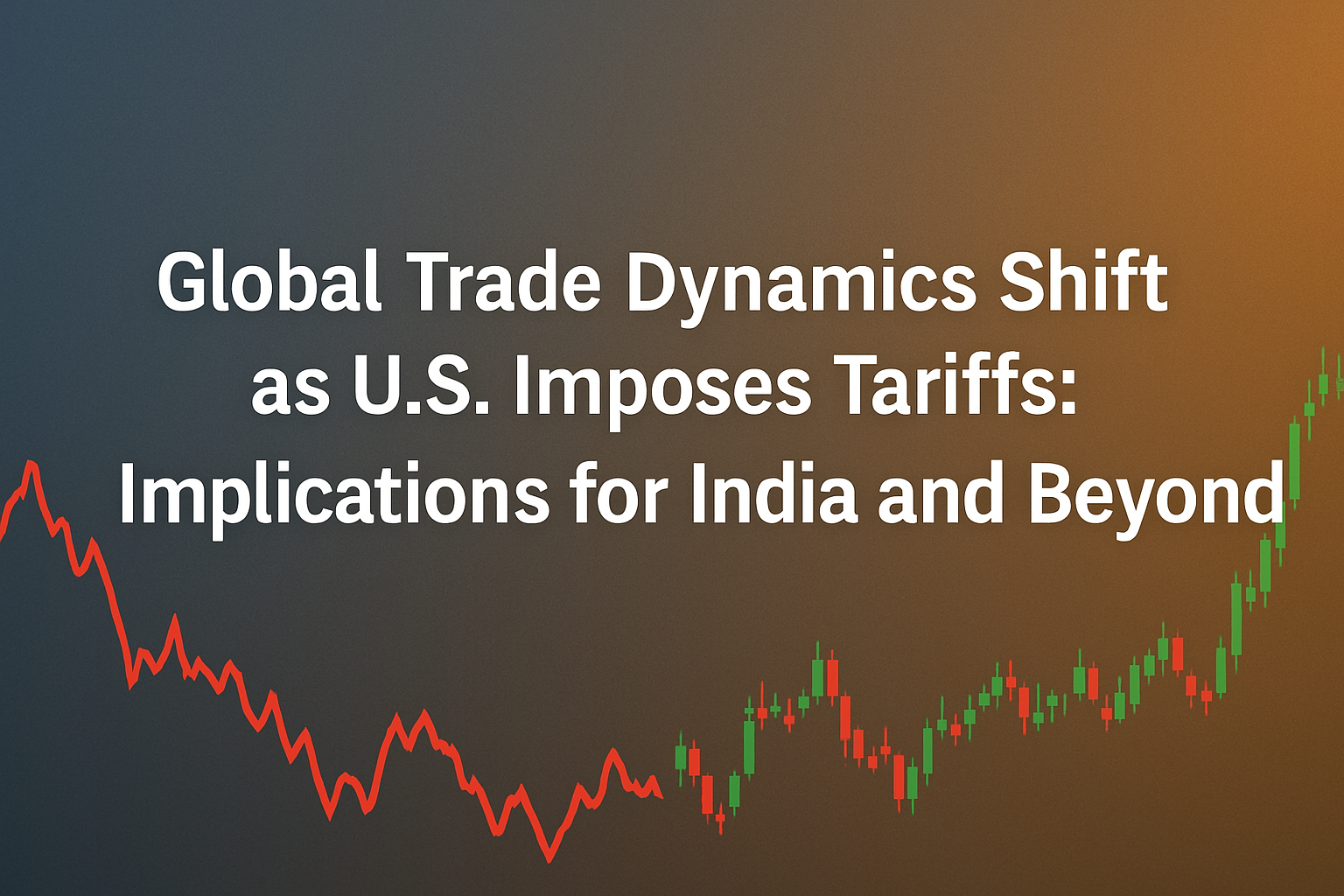The international trade landscape experienced a significant shift following the United States’ decision to impose a 26% tariff on Indian imports. This move, part of a broader strategy to address trade imbalances, has elicited varied responses from global economies and industry leaders. This news summary reviews insights from Reuters, AP, and Times of India, focusing on India’s economic response and global repercussions.
India’s Economic Outlook Amidst New Tariffs
Despite the newly imposed U.S. tariffs, Indian officials remain optimistic about the nation’s economic trajectory. The government projects a growth rate of 6.3% to 6.8% for the fiscal year 2025-26, contingent upon stable oil prices remaining below $70 per barrel. However, private economists, including those from Goldman Sachs, have adopted a more cautious stance, adjusting their growth forecasts downward by 20 to 40 basis points, anticipating a growth rate around 6.1%.
Global Market Reactions and Economic Forecasts
The imposition of these tariffs has led to significant market volatility worldwide. The Dow Jones Industrial Average experienced its largest drop since 2020, falling 1,679 points. International leaders have condemned the move, warning of a potential global recession and pledging retaliatory measures.
Sectoral Impact: Electronics and Gems & Jewellery
The sectors most vulnerable to these tariffs include electronics, and gems and jewellery, with over $23 billion in goods at risk. Notably, the Indian pharmaceutical industry, which exports approximately $9 billion annually to the U.S., has been spared from these tariffs, leading to a nearly 5% rise in shares of Indian drugmakers.
Industry Leaders Advocate for Strategic Responses
Indian industry leaders foresee a significant global trade realignment but anticipate limited impact on India’s economy. They emphasize the need for Indian industries to enhance export efficiency and value addition to mitigate the effects of these tariffs. A well-negotiated U.S.-India trade agreement is anticipated to bolster future collaboration.
World Trade Organization’s Perspective
The World Trade Organization (WTO) has expressed concerns that the newly announced U.S. tariffs, coupled with those introduced earlier in the year, could lead to a 1% contraction in global merchandise trade volumes in 2025. WTO Director-General Ngozi Okonjo-Iweala highlighted the risk of a tariff war triggering a cycle of retaliatory actions, further depressing trade.
The U.S.’s recent tariff imposition has set the stage for a complex reconfiguration of global trade relationships. While India’s immediate economic outlook remains cautiously optimistic, the long-term effects will depend on strategic responses and diplomatic negotiations. Globally, the move has heightened economic uncertainties, underscoring the interconnectedness of international markets and the potential ramifications of protectionist policies.



